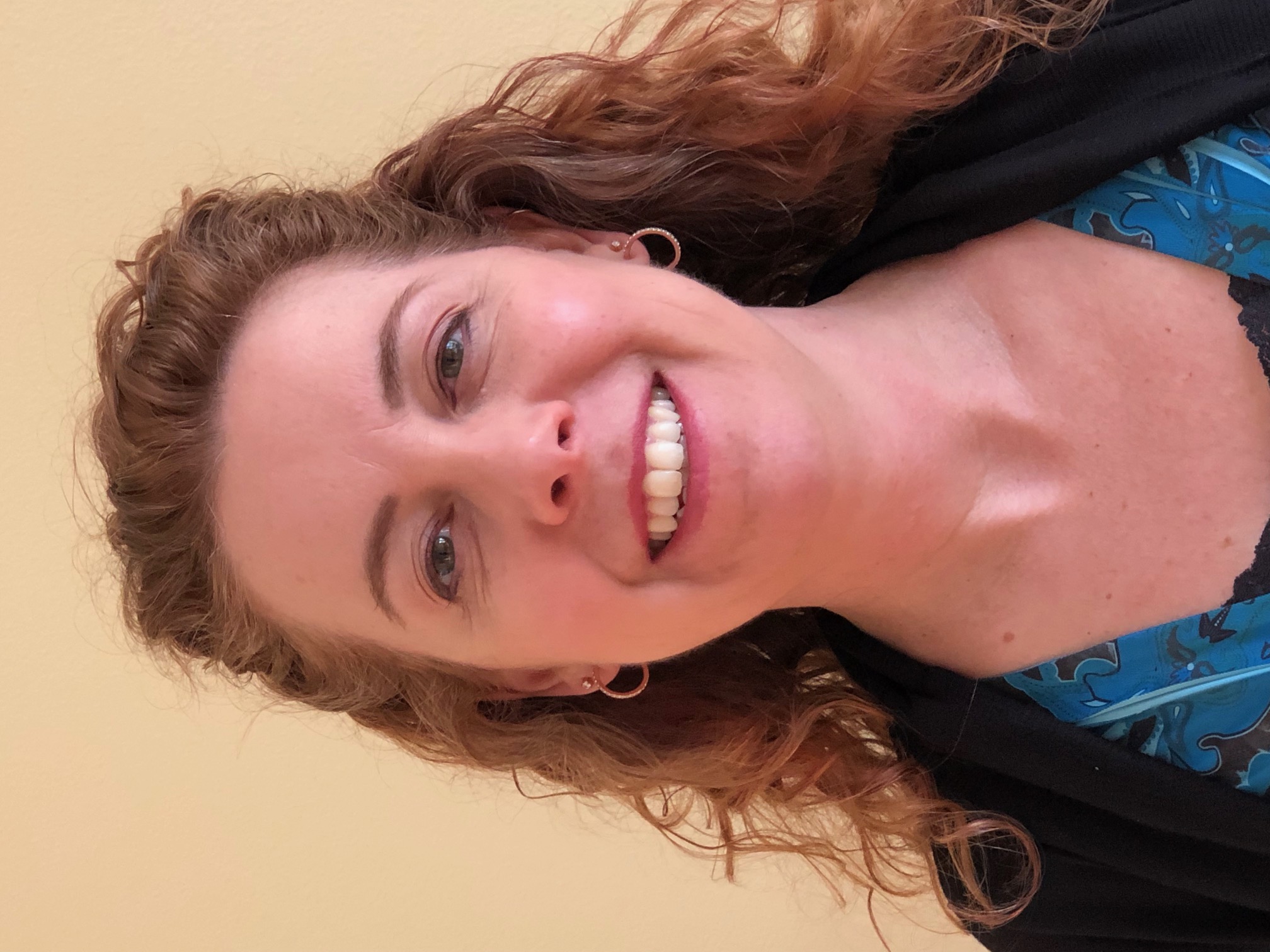Michelle Hale, preparedness program director with the Office of Preparedness and Response at the Utah Department of Health and Human Services, shares what her state learned about responding to critical public health challenges amid a surge of wildfires in the state; Catherine Murphy, senior analyst of government affairs at ASTHO, discusses the Federal Health Policy Update she authored...
Michelle Hale, preparedness program director with the Office of Preparedness and Response at the Utah Department of Health and Human Services, shares what her state learned about responding to critical public health challenges amid a surge of wildfires in the state; Catherine Murphy, senior analyst of government affairs at ASTHO, discusses the Federal Health Policy Update she authored on notable legislative priorities for the end of the year; ASTHO’s PH-HERO Workforce Resource Center provides resources to address moral injury, burnout, resilience, and retention for public health agency leaders and team members; and ASTHO’s Legislative Alerts will ensure you don't miss any legislative or policy movements that affect public health.
ASTHO Web Page: Public Health Preparedness
ASTHO Health Policy Update: Health Legislative Priorities for the Remainder of 2025
ASTHO Web Page: PH-HERO Workforce Resource Center
ASTHO Web Page: Legislative Alerts
JANSON SILVERS:
This is the award-winning Public Health Review Morning Edition for Monday, October 27, 2025. I'm Janson Silvers. Now, today's news from the Association of State and Territorial Health Officials.
MICHELLE HALE:
Our top takeaways from this wildfire season was recognizing that need to have the data in advance of the fire.
SILVERS:
The State of Utah has experienced more than 1100 wildfires this year alone. Michelle Hale, preparedness program director with the Utah Department of Health and Human Services, shares what her state learned about responding to critical public health challenges, such as the evacuation of medically fragile individuals.
HALE:
We were really happy with getting that data within five hours of a local jurisdiction requesting it, but to create like the mapping dashboard to visualize where individuals were located in relation to that fire or power outage that can take a few hours to set up.
SILVERS:
Hale says her department learned to request that data at the beginning of the wildfire season, and also what type of guidance was most needed at a local level, for example, resources for when a wildfire causes a power outage.
HALE:
So, we received requests from our State Office of Emergency Management about what kind of guidance could be relayed, and we found some really great guidance that CDC has on how to make sure that your food is safe.
SILVERS:
There was just one issue: the guidance wasn't formatted to fit the communications needs of the impacted communities. So, Hale's department has taken on a new project, tailoring the information for easy distribution in the next emergency.
HALE:
We want to take this guidance and- and create products that can be easily distributed and promoted either by my department or our local agencies. So, what- we'll take these products, distributing them to our local health departments, and that way they can add their own branding and have them readily available.
SILVERS:
If you're looking for more information about public health preparedness in an environmental emergency, you can check out ASTHO'S preparedness resources using the link in the show notes.
As the year comes to a close, there are still a number of legislative public health measures to be decided on. Catherine Murphy, senior analyst of government affairs at ASTHO, recently authored a Federal Health Policy Update on some of the most notable legislative priorities and what's to come with the government shutdown.
CATHERINE MURPHY:
Negotiations here will likely come to a head on November 1, with the start of open enrollment for the Affordable Care Act insurance marketplace, further Supplemental Nutrition Assistance Program, or SNAP, benefits will also lapse November 1, and this will likely encourage lawmakers and/or the administration to the negotiating table.
SILVERS:
Murphy says this time of year is important because it is the end of the fiscal year funding, which often forces conversations about priorities on both sides of the aisle.
MURPHY:
End of year packages can create negotiation as members or caucuses work to include their priorities in these pieces of legislation, and leaders work out what provisions must be included to ensure passage of the legislation.
SILVERS:
One topic that may come up is the reauthorization of the Pandemic and All-Hazard Preparedness Act, which is a bipartisan priority.
MURPHY:
The Hospital Preparedness Program and the Public Health Emergency Preparedness Program are authorized through this legislation. These key programs provide funding for state, local, and territorial health departments to prepare for and respond to emergencies in their community.
SILVERS:
You can read the full update by visiting ASTHO's website, or just click the link in the show notes. We'll have a link right to that article.
Would your department benefit from resources to address moral injury, burnout, resilience, and retention for your public health agency leaders and team members? Be sure to visit ASTHO's PH-HERO Workforce Resource Center established by ASTHO's Public Health Hope, Equity, Resilience, and Opportunity initiative. Find tools, recommendations, scholarly literature, and more, to take action to care for your workforce by clicking on the link in the show notes.
Finally, as the situation on Capitol Hill develops, be sure you don't miss any legislative or policy movements that affect public health. Just sign up for ASTHO's Legislative Alerts. That way you'll always stay informed on the latest. Sign up today in the show notes.
That'll do it for today. We're back tomorrow morning with more ASTHO news and information. I'm Janson Silvers. You're listening to the award-winning Public Health Review Morning Edition. Have a great day.


Michelle Hale
Public Health Preparedness Program Director, Office of Preparedness and Response, Utah Department of Health and Human Services




